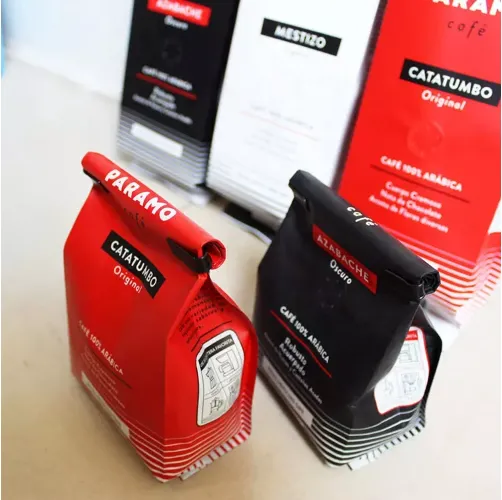- Afrikaans
- Albanian
- Amharic
- Arabic
- Armenian
- Azerbaijani
- Basque
- Belarusian
- Bengali
- Bosnian
- Bulgarian
- Catalan
- Cebuano
- chinese_simplified
- chinese_traditional
- Corsican
- Croatian
- Czech
- Danish
- Dutch
- English
- Esperanto
- Estonian
- Finnish
- French
- Frisian
- Galician
- Georgian
- German
- Greek
- Gujarati
- haitian_creole
- hausa
- hawaiian
- Hebrew
- Hindi
- Miao
- Hungarian
- Icelandic
- igbo
- Indonesian
- irish
- Italian
- Japanese
- Javanese
- Kannada
- kazakh
- Khmer
- Rwandese
- Korean
- Kurdish
- Kyrgyz
- Lao
- Latin
- Latvian
- Lithuanian
- Luxembourgish
- Macedonian
- Malgashi
- Malay
- Malayalam
- Maltese
- Maori
- Marathi
- Mongolian
- Myanmar
- Nepali
- Norwegian
- Norwegian
- Occitan
- Pashto
- Persian
- Polish
- Portuguese
- Punjabi
- Romanian
- Russian
- Samoan
- scottish-gaelic
- Serbian
- Sesotho
- Shona
- Sindhi
- Sinhala
- Slovak
- Slovenian
- Somali
- Spanish
- Sundanese
- Swahili
- Swedish
- Tagalog
- Tajik
- Tamil
- Tatar
- Telugu
- Thai
- Turkish
- Turkmen
- Ukrainian
- Urdu
- Uighur
- Uzbek
- Vietnamese
- Welsh
- Bantu
- Yiddish
- Yoruba
- Zulu
beer can design
The Art and Functionality of Beer Can Design
Beer cans have evolved significantly since their inception in the early 1930s. Initially designed for mere functionality, today’s beer can designs are a fascinating blend of art, branding, and consumer engagement. The modern beer can serves not only as a container for the beloved beverage but also as a canvas for creativity and storytelling.
Historical Context
The first beer cans were introduced by the American brewery Gottfried Krueger Brewing Company in 1935. The original designs were simple—often featuring basic typography and minimal graphics. However, as the beer market expanded and competition increased, breweries recognized the importance of distinct branding. This led to innovative designs that began to emerge in the 1970s, culminating in the vibrant and diverse beer can art we see today.
The Importance of Design
In an age where consumers are bombarded with choices, an eye-catching design can be a game changer. A well-thought-out beer can design can evoke emotions, create a sense of nostalgia, or even spark curiosity. Breweries understand that the visual presentation of their product is often the first interaction a potential customer has with it. Thus, they invest in unique designs that reflect their brand’s ethos and story.
Innovative Design Elements
Modern beer can designs often incorporate a variety of elements that contribute to their overall appeal
1. Color Palette The use of color is paramount in attracting consumers. Bright, bold colors can evoke excitement and fun, while muted tones might suggest a more sophisticated or artisanal product. Colors can also be used strategically to reflect the type of beer contained within—the golden hues of a lager, the deep browns of a stout, or the vibrant greens associated with IPAs.
beer can design

2. Typography Fonts play a crucial role in conveying the personality of the brand. Handwritten scripts can suggest a craft approach, while bold, modern sans-serif fonts might communicate strength and reliability. The lettering itself can be a form of art, with many breweries commissioning custom typefaces that enhance their branding.
3. Illustrations and Graphics Illustrative designs can tell a story about the beer’s origin, the ingredients used, or even the brewing process. Some breweries opt for whimsical or surreal illustrations, while others might lean towards minimalist designs that focus on symbol and iconography. For example, a local brewery might feature local animals or landmarks, establishing a connection with their community.
4. Finishes and Textures Beyond graphics, the tactile experience of a can is important. Matte finishes, embossed logos, or even textured backgrounds can create a sensory experience that differentiates a brewery's product from its competitors. An innovative finish can make a can feel premium and encourage consumers to pick it up.
5. Sustainability As eco-conscious consumers become more prevalent, many breweries are adopting sustainable practices in their packaging. Designs may include information about recycling or the use of eco-friendly materials, appealing to consumers’ values and encouraging responsible consumption.
Case Studies in Beer Can Design
Several breweries have become renowned for their can designs. For example, Sierra Nevada Brewing Company’s iconic green and gold can is instantly recognizable, reflecting its commitment to quality and tradition. Meanwhile, breweries like Oskar Blues, known for pioneering the craft beer in a can movement, utilize bold colors and intricate graphics to appeal to a young, adventurous demographic.
Conclusion
In conclusion, beer can design is an integral aspect of the craft beer industry. As breweries strive to stand out in a saturated market, the importance of thoughtful, creative, and strategic design cannot be overstated. Each can tells a story, represents a brand’s identity, and ultimately influences consumer choice. As we continue to see innovation in this space, it is clear that the humble beer can has transformed into an essential vessel for artistry and expression. The future of beer can design looks bright and brimming with possibility, inviting both brewers and consumers alike to appreciate the beauty in the cans that hold our favorite brews.













